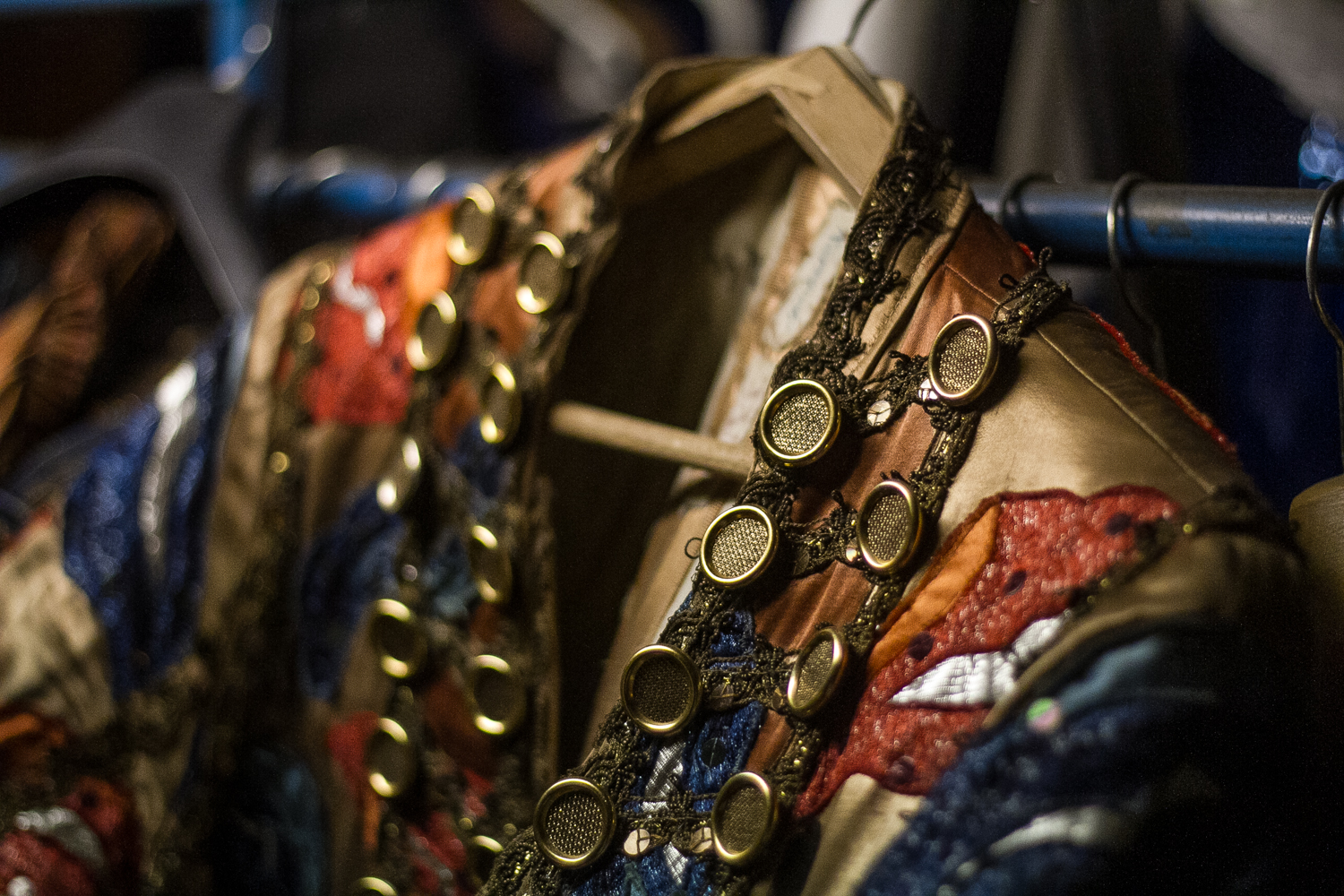The first article of this three-part series on the Hungarian State Opera focused on the history and architecture of the building itself – the most famous monument of Andrássy Avenue – as we climbed all the way to the rooftop and even had a close-up look at where the orchestra plays, standing in the hallowed spot where conductors direct the musical performances.
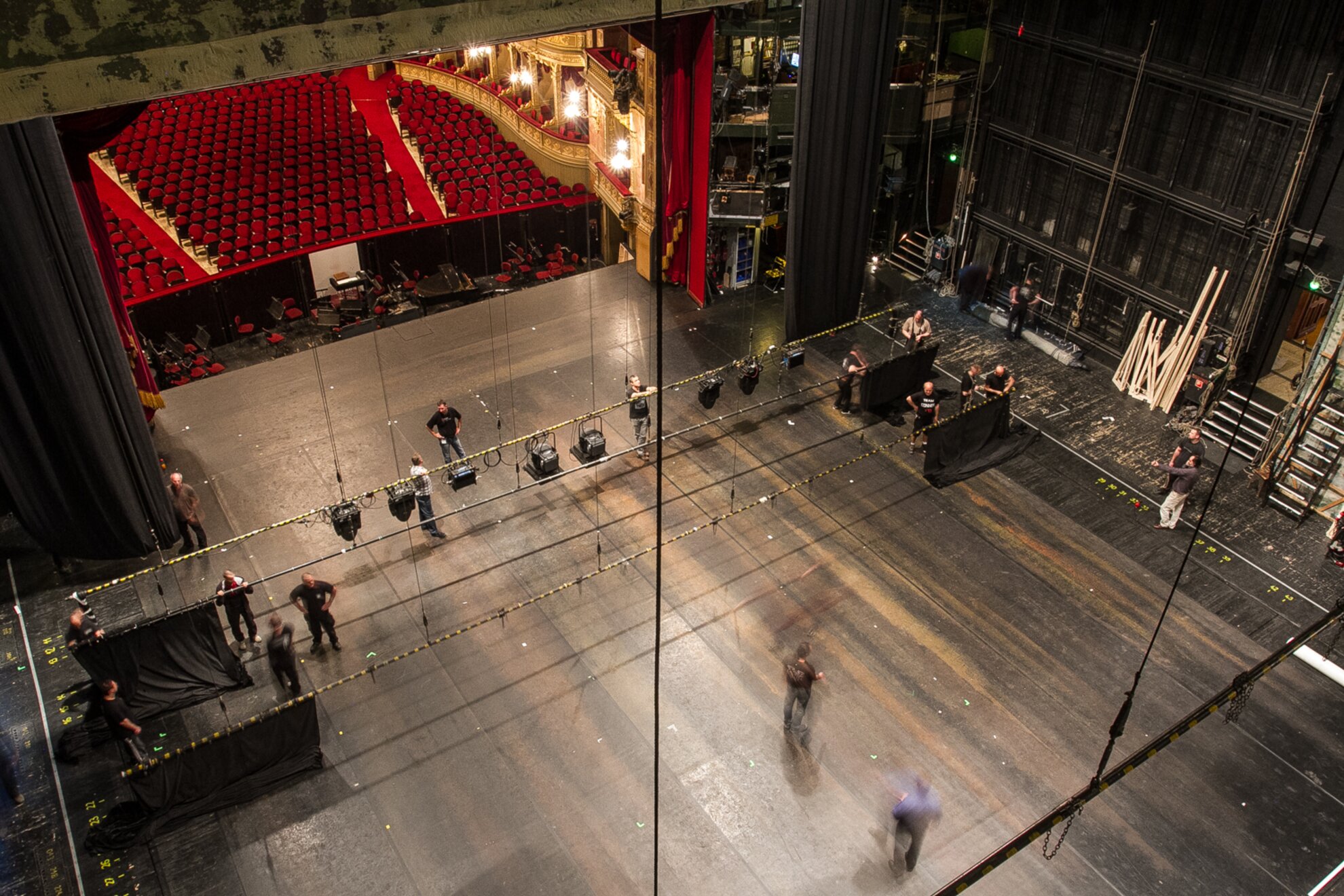
The scene backstageThis time, we’ve scored a backstage pass – instead of accessing the opera building through the grand main entrance, we’re coming in through a side entrance on Hajós Street, where the performers head in to work. We meet Zsuzsa Bodó and Márti Krusch, employees at the Opera House for 22 and 33 years respectively. They know everything about the Opera’s huge storage room of costumes and accessories.
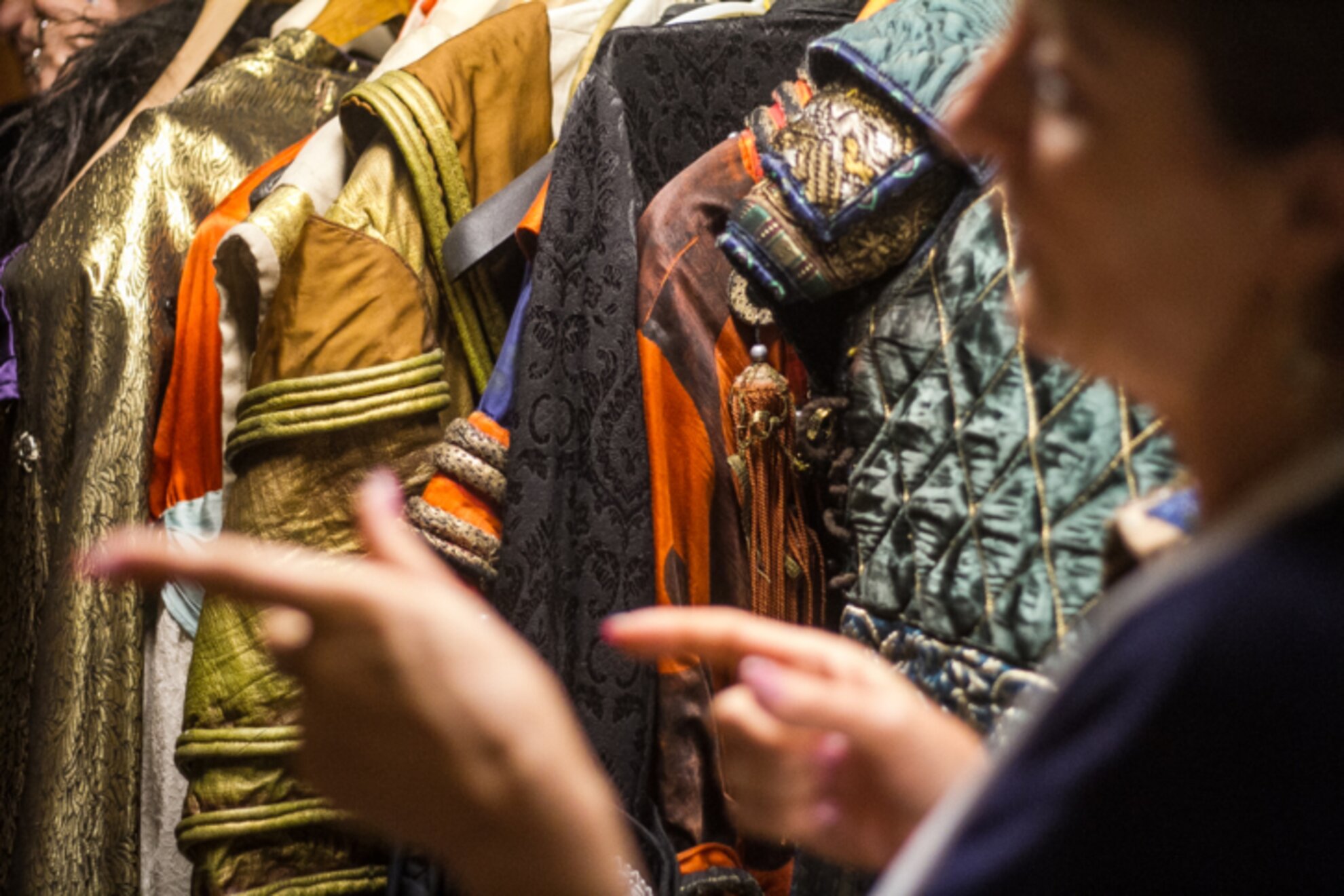
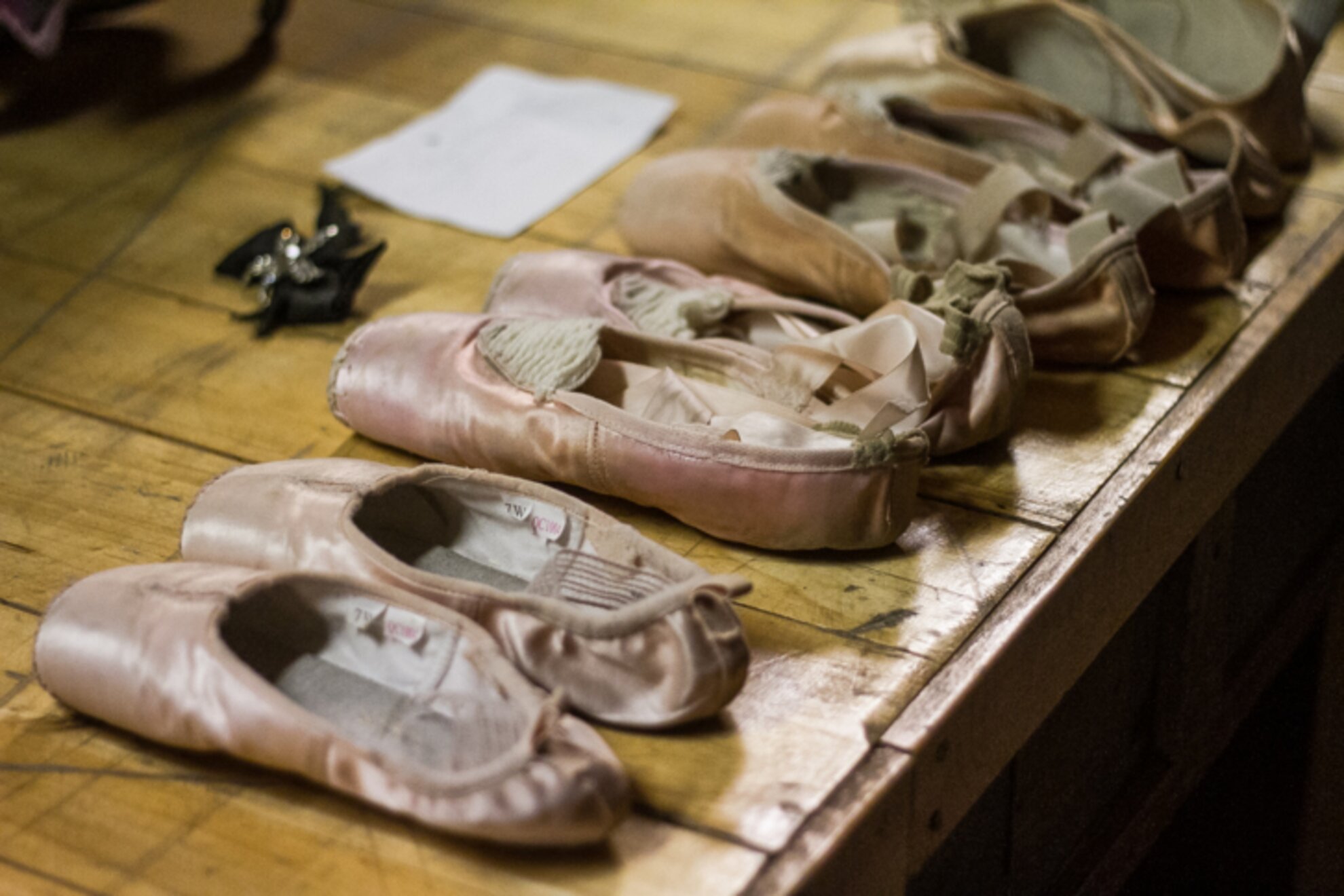
There’s no official count, but it’s clear that hundreds of thousands of outfits are kept here. The Opera is clearly not immune to the phenomenon of fast fashion, and our guides tell us that it is a professional tradition for costumes to be made to last. Inventory is taken every three years, and the collection includes both older styles and modern pieces. There’s hope that an exhibition will be organized in the future to showcase some of more special and historic items.
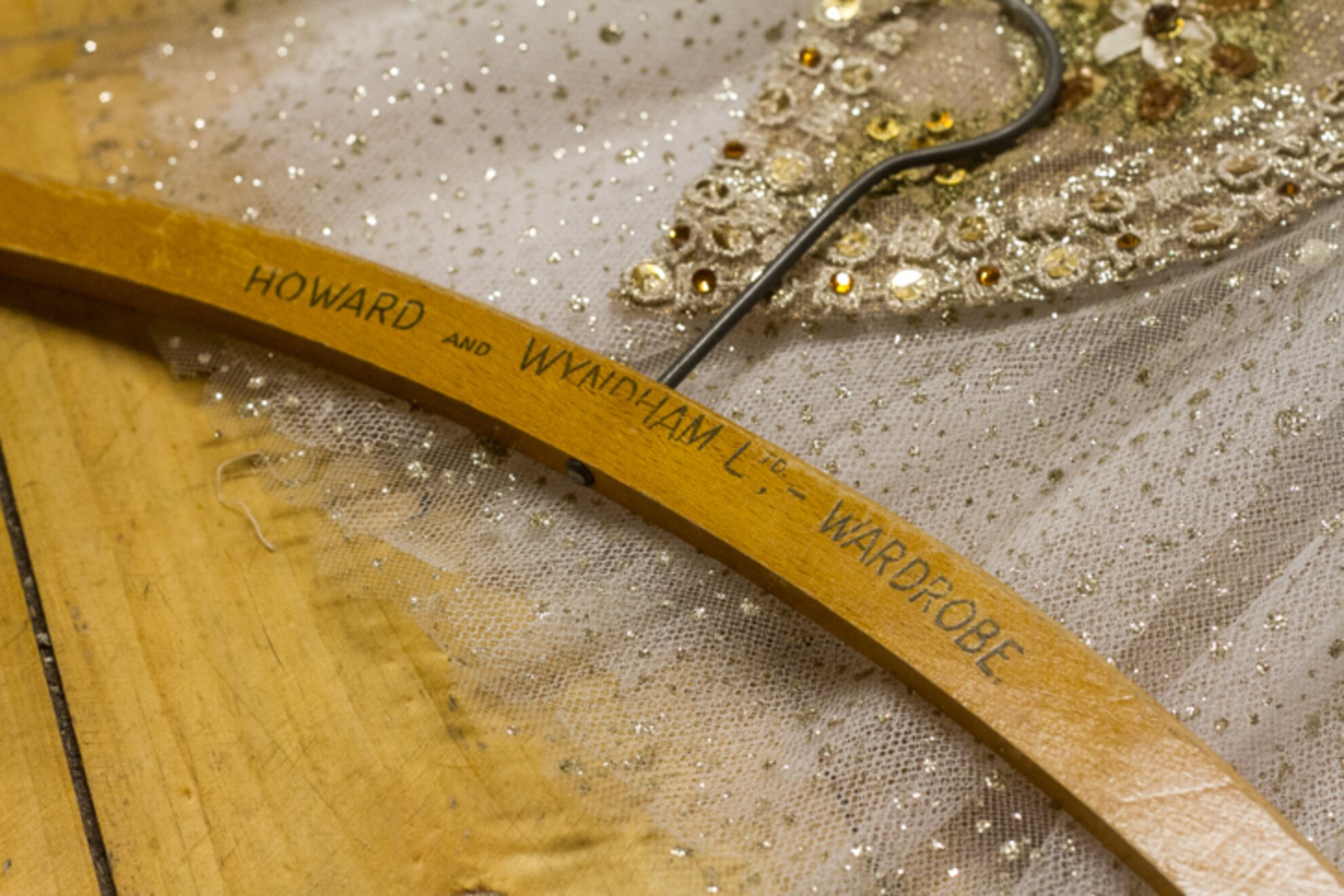

The first part of the warehouse is exclusively reserved for costumes of soloists. These are the most beautifully decorated pieces. The seamstresses make these items to individually fit each soloist – no easy task because these costumes have to fit perfectly, especially for ballet dancers whose costumes need to suit their every move.
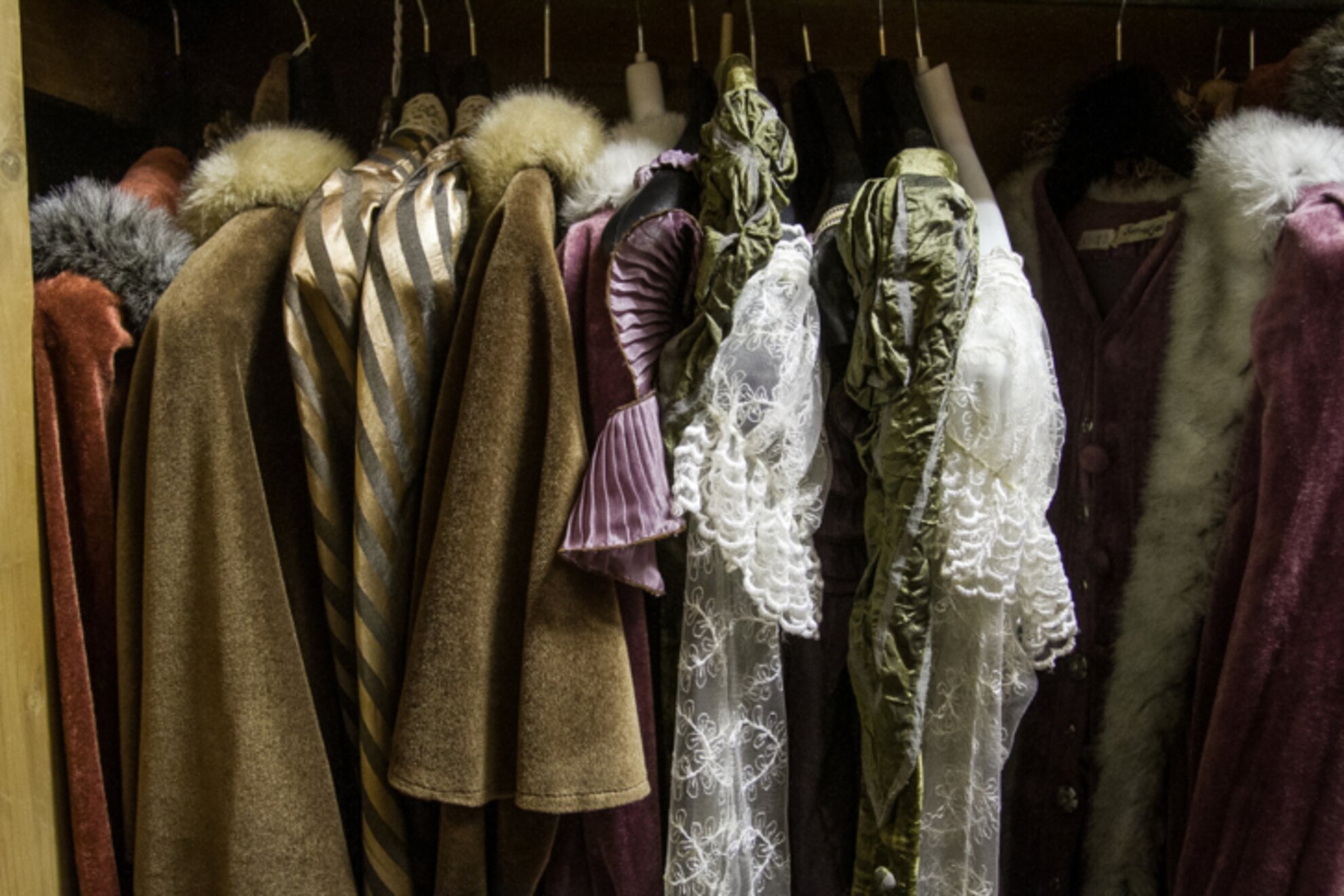
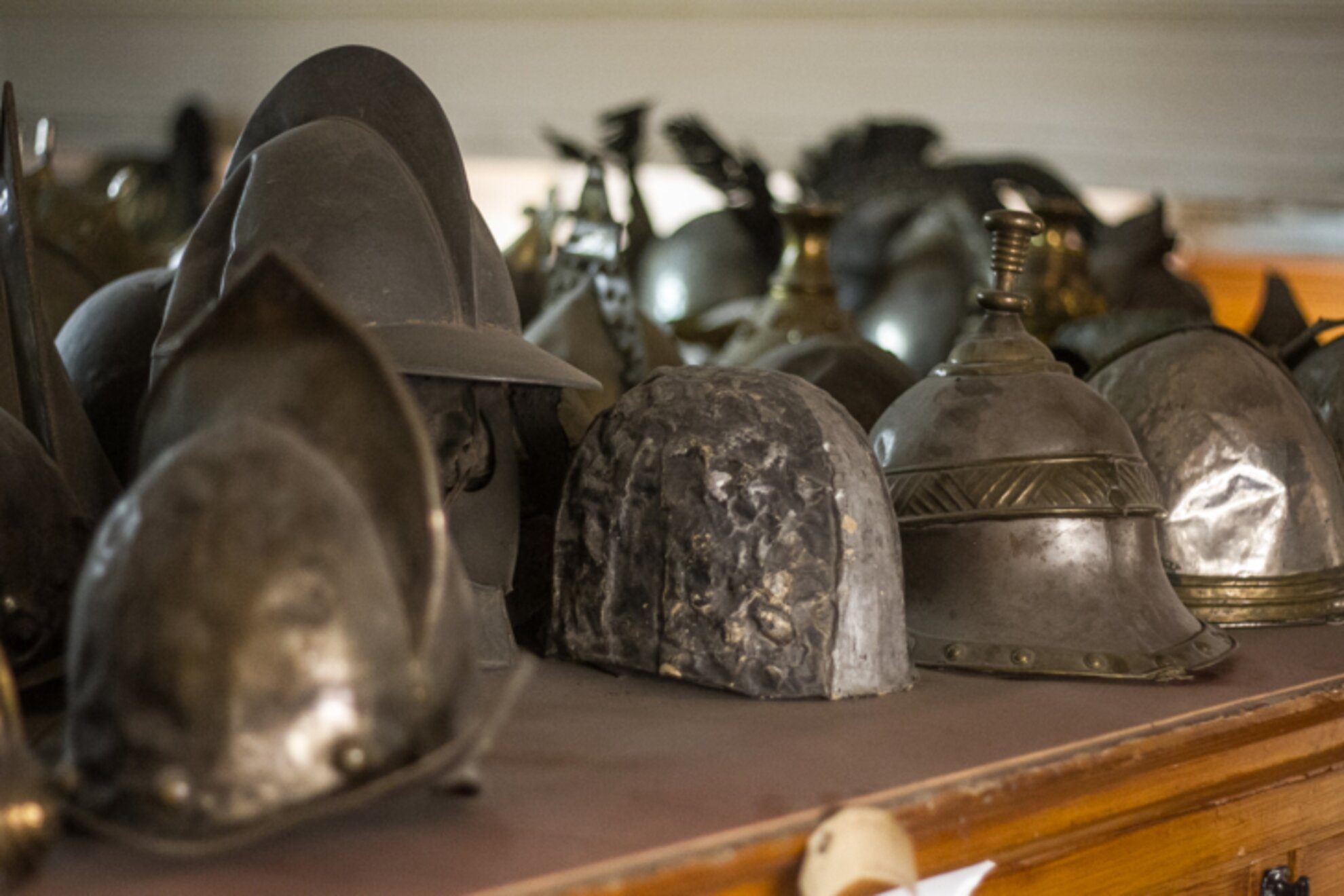
But it’s not just the soloists who get special attention. Each costume is given a lot of care, and after a series of performances it’s necessary for all the pieces to be aired, hand-washed, and protected against moths – the number-one enemy backstage. Together with the Erkel Theater (the city’s second-largest opera venue), there’s a grand total of 58 staff members who take care of the outfits.
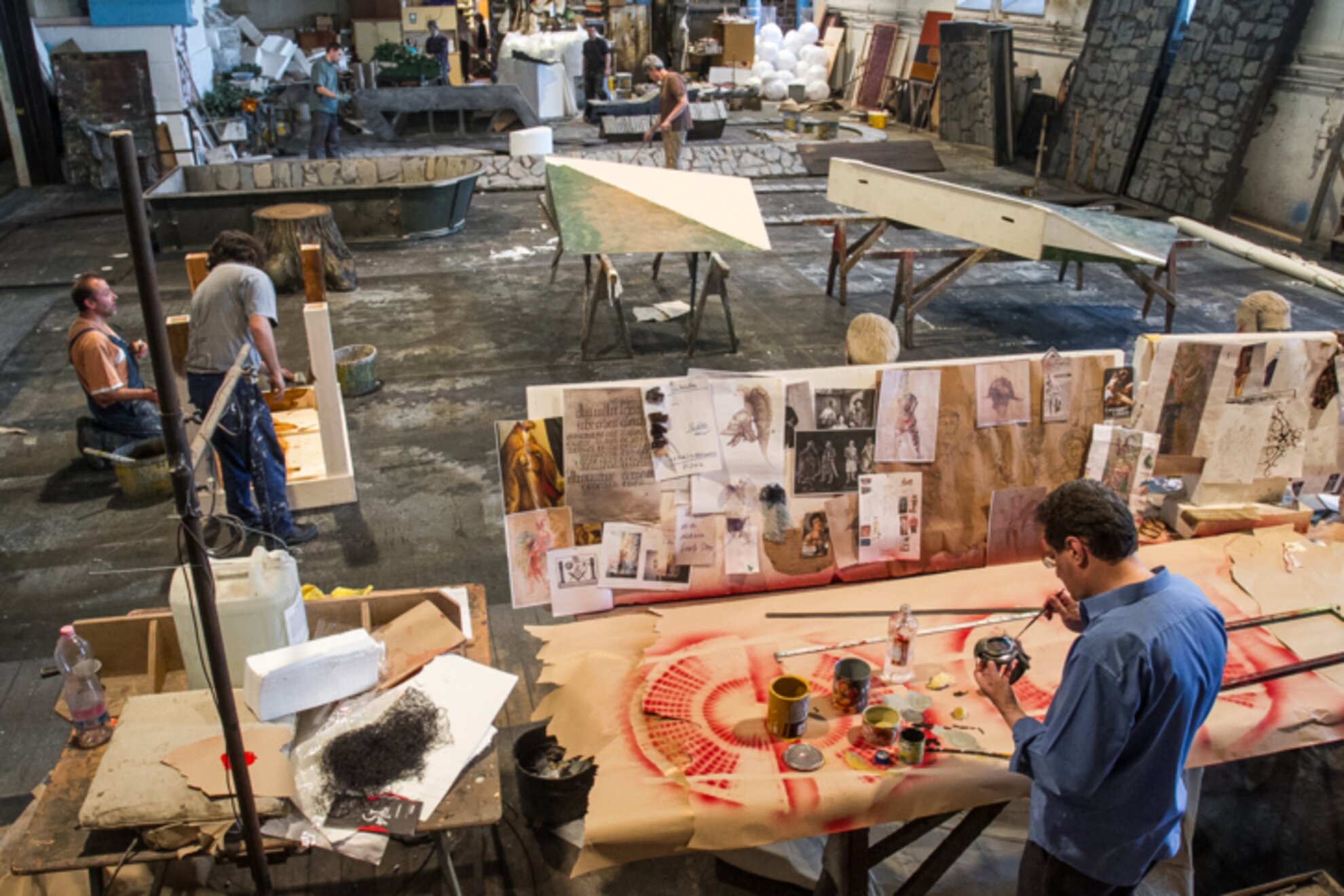
Creating the costumesNext we head to another backstage area where plastic and fabric props and sets are made. We step into the workshop and are immediately surrounded by paint, half-finished graphics, and drawings, while elsewhere there are sewing machines and giant swaths of material.
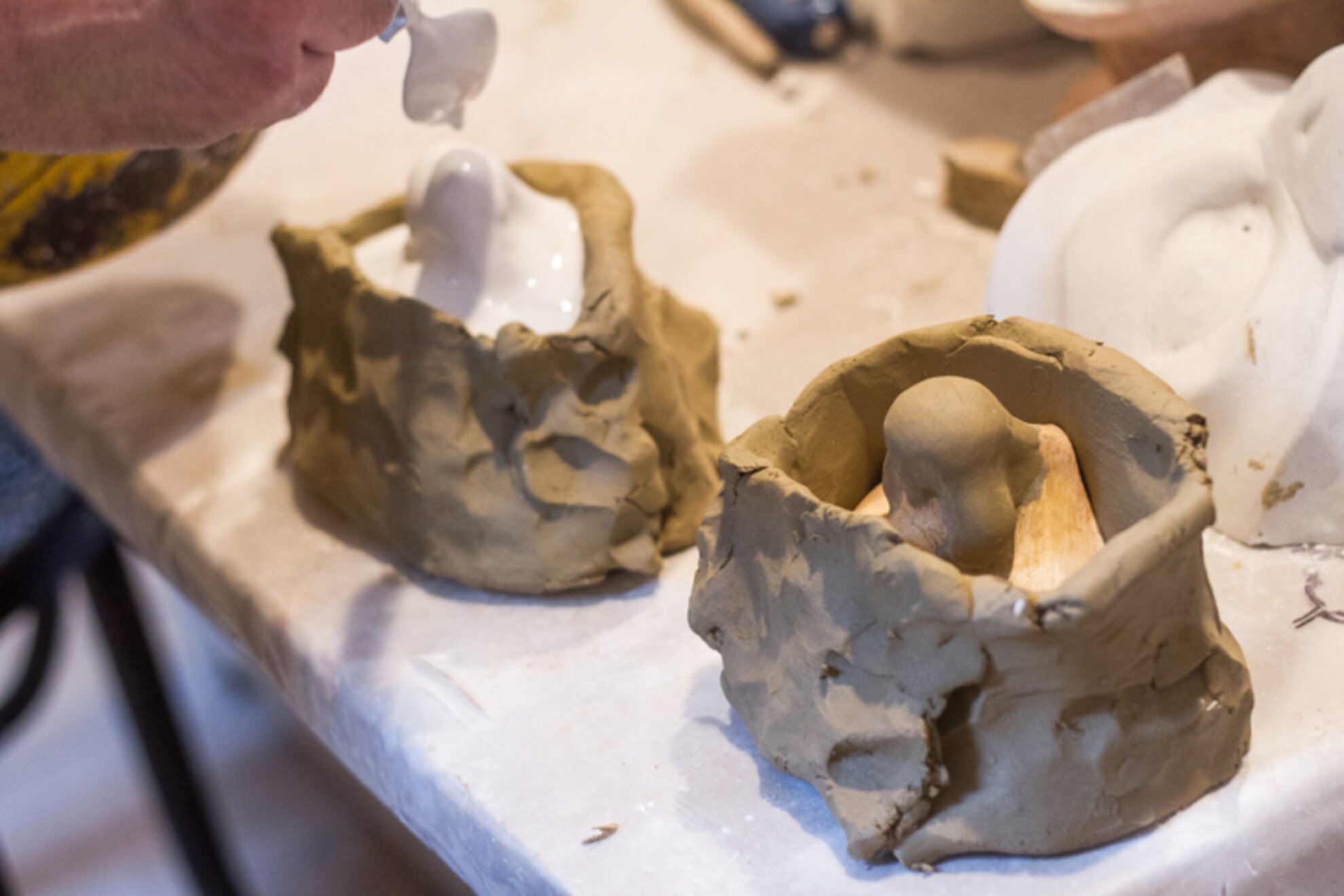
We stumble upon someone making funny noses and ears for a production of “Snow White”. The painstaking process requires that exact measurements of the body parts be taken for each fake. The fakes are only durable enough to last for one show, so each has to be replicated as many times as the artiste will perform the piece.
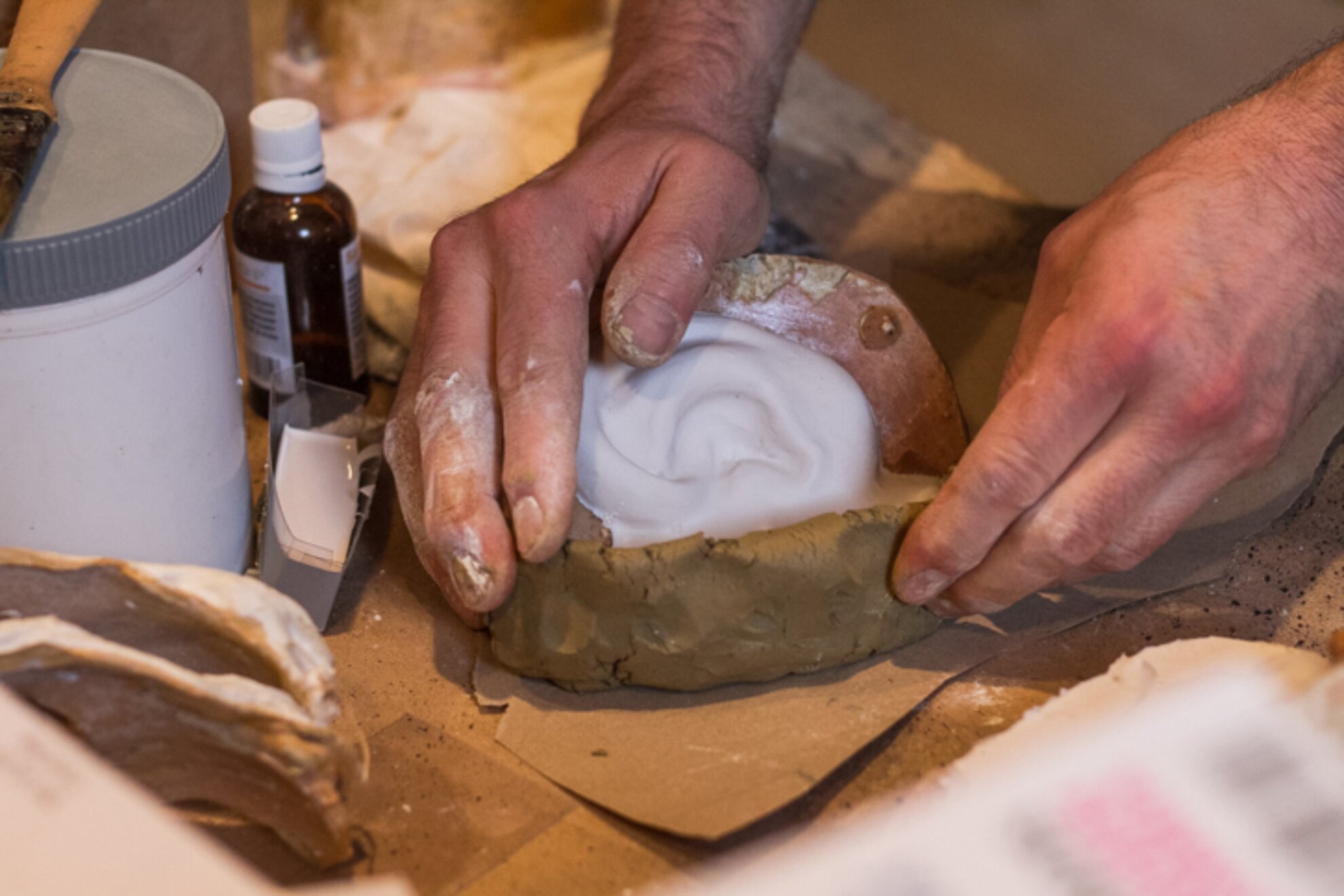
Building fantasy worldsThe sets require creativity and clever craftsmanship. Initially the set designer explains what he or she would like before a prototype is created. Once final tweaks are made, the final set is created with attention to the smallest details and requirements.
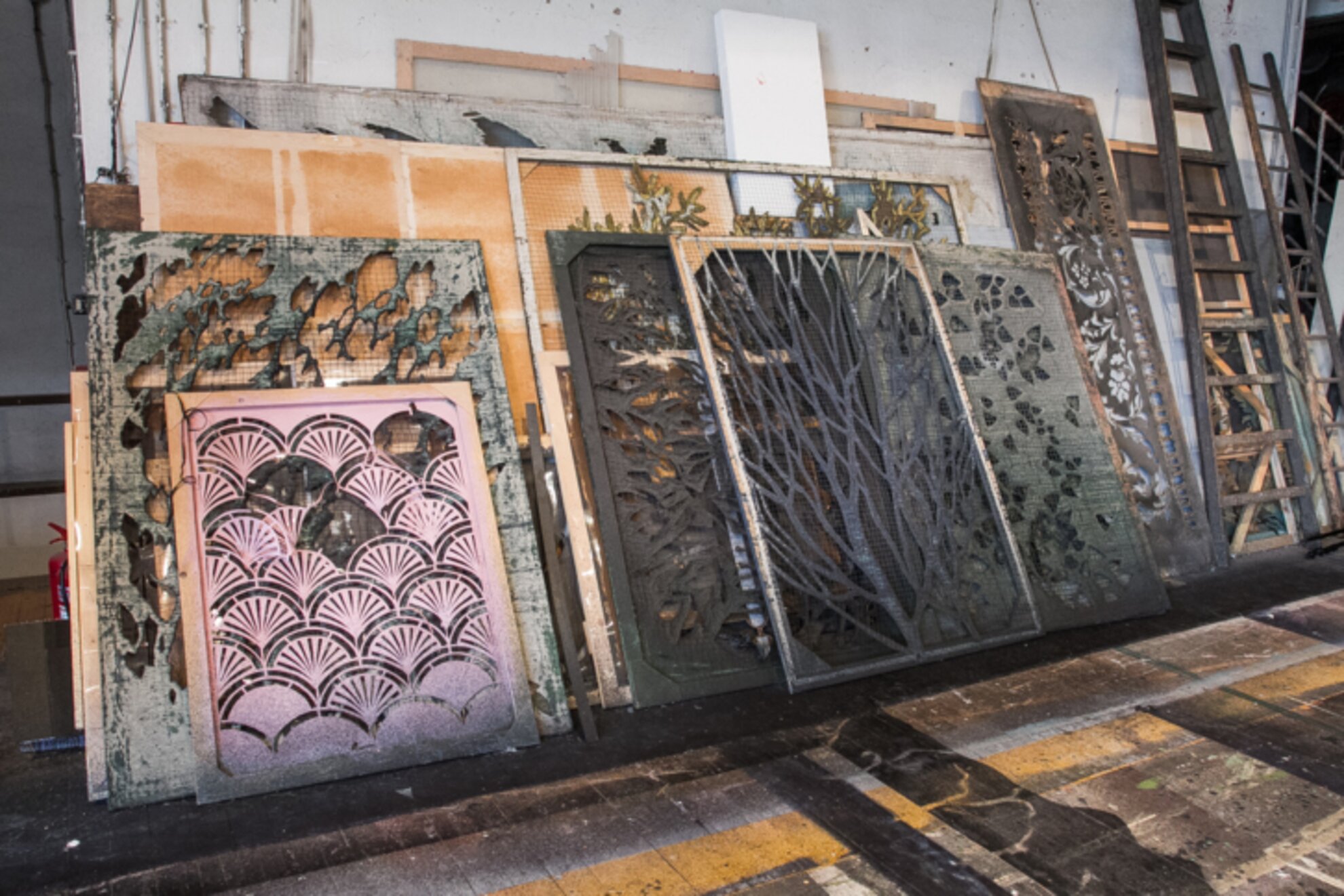
We head to the carpentry workshop where an orchestra of loud machines continually hums, and we’re hit with the smell of fresh-cut timber. From here the wooden parts of the set are either taken straight to the stage or upstairs via a giant elevator (with an eight-meter-tall door!) to be painted. There are eight carpenters in total, and each day it seems they work with forests of trees. There’s a fast pace and always lots to do because the Opera presents many pieces, and each one requires its own special set.
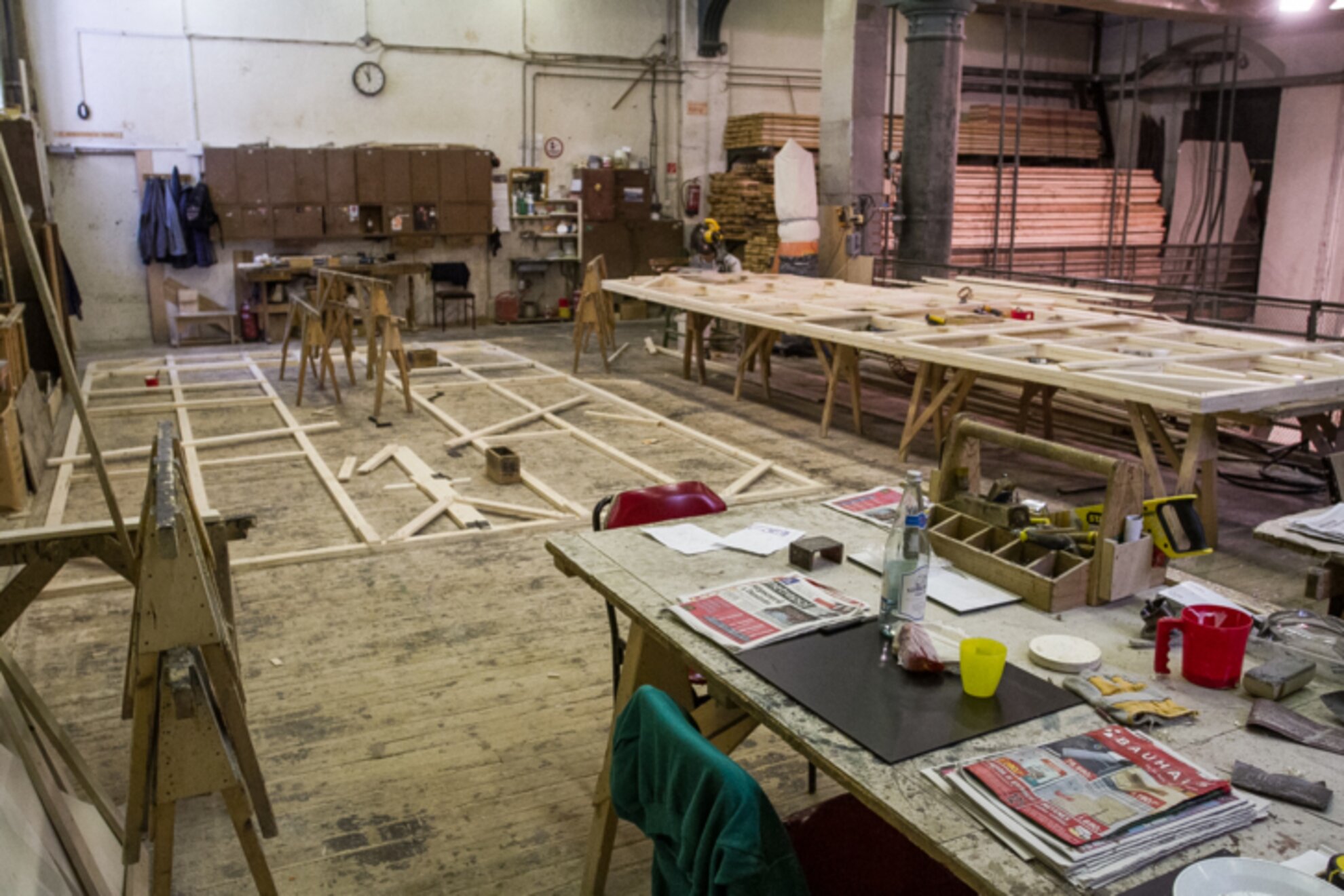
The carpenters say one of the greatest challenges is the huge size of the timber they work with. From the audience’s perspective, some parts of the set can look tiny, but in fact some props are some 15 meters high. As we’ve said in part one of this story, the stage is 25 meters tall, so each part of the set needs to fill this space so that nothing or no one will get lost on the stage. Of course the set also needs to be safe and stable, so the carpenters have their work cut out for them! When they are finished, the giant sets – made of wood, plastic, and textiles – are moved into position via the giant lift that connects the workshop to the stage.
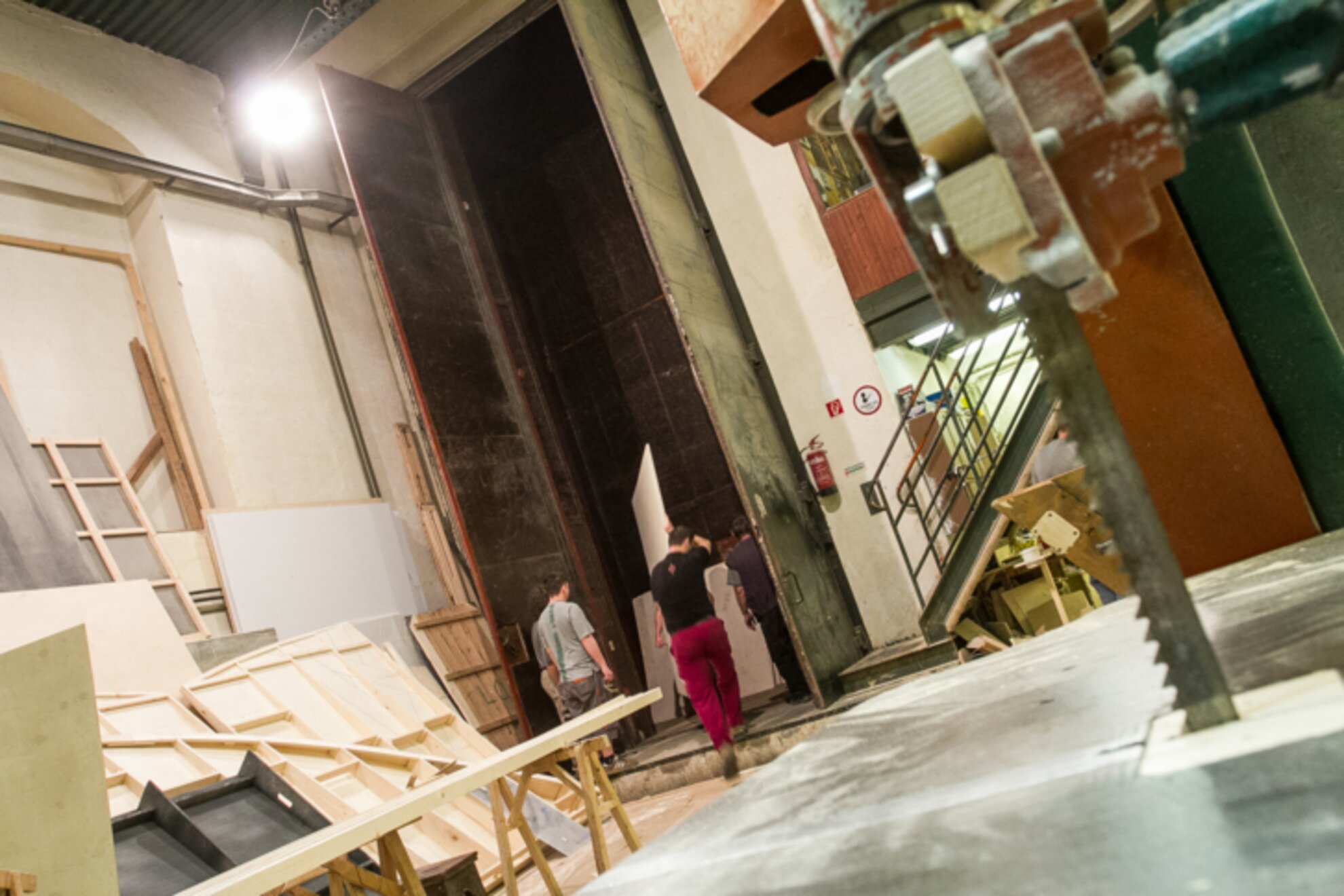
Aside from the actors, actresses, dancers, and singers, there is also a huge group of ticket collectors, ushers, cloakroom personnel, and bar staff all working together to make each show happen. But there is also a small army backstage, including dressers, lighting and sound technicians, those who make the set, costume designers, and many others who bring the performances together.
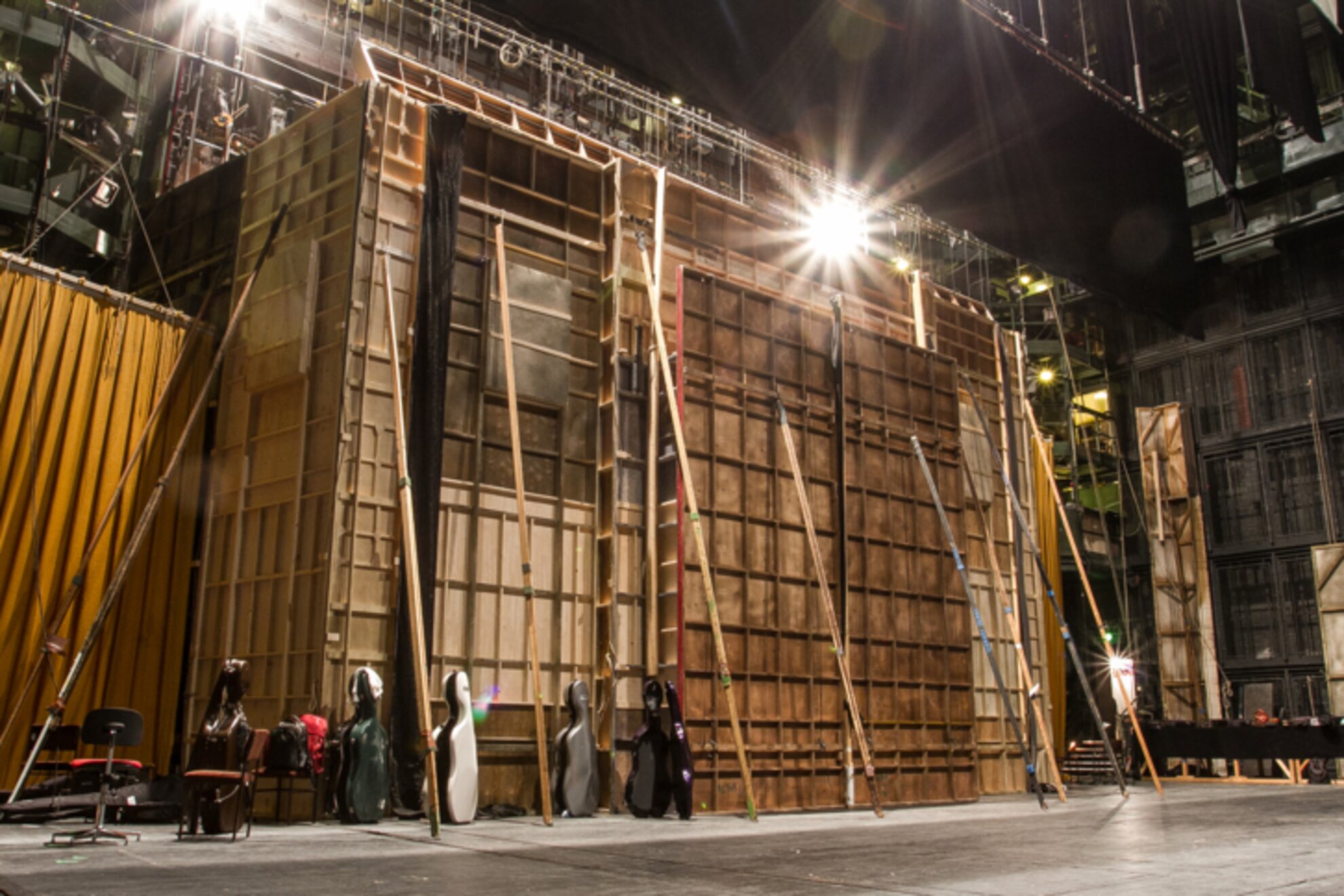
The final performances of the 2013-14 opera season can still be seen at the Opera House through this month, including Ferenc Erkel’s opera “László Hunyadi” playing on June 19, 21, 24, 26 and 28, while the Gluck and Strauss opera “Iphigenie auf Tauris” is performed on June 20, 22, 25 and 27. Check out www.opera.hu/en for more information and tickets.
